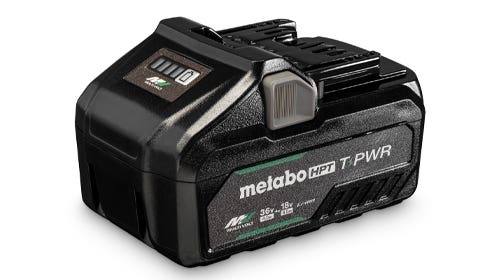Environmental impact rule made for office furniture
NSF International, a global public health organization, and the Business and Institutional Furniture Manufacturers Association released a new Product Category Rule for office storage products. The rule defines the science-based…
NSF International, a global public health organization, and the Business and Institutional Furniture Manufacturers Association released a new Product Category Rule for office storage products.
The rule defines the science-based and internationally recognized method for reporting the environmental impact of office storage products such as case goods, files, cabinets and other related products throughout their entire life cycle.
The rule for office storage products explains how to conduct a life cycle assessment for office storage products and what to include in the resulting Environmental Product Declaration. Life cycle assessments measure inputs, outputs and environmental impacts of a storage product across its lifespan, from cradle to grave. The Environmental Product Declaration is the third-party-verified report that explains the data generated from a life cycle assessment.
The office storage rule was developed in accordance with international environmental management guidelines (ISO 14025) through the NSF National Center for Sustainability Standards, part of NSF International’s Sustainability Division. The U.S. Green Building Council’s Leadership in Energy and Environmental Design v4 recognizes the value of PCRs/EPDs and the current draft includes LEED credit language that recognizes EPDs specifically.
“The development of Product Category Rules for storage products helps meet the increasing demand for transparency in environmental claims,” NSF International sustainability division general manager Tom Bruursema said in a statement. “[They] provide crucial information to help businesses and government agencies meet their greener purchasing goals and be ready for LEED.”






